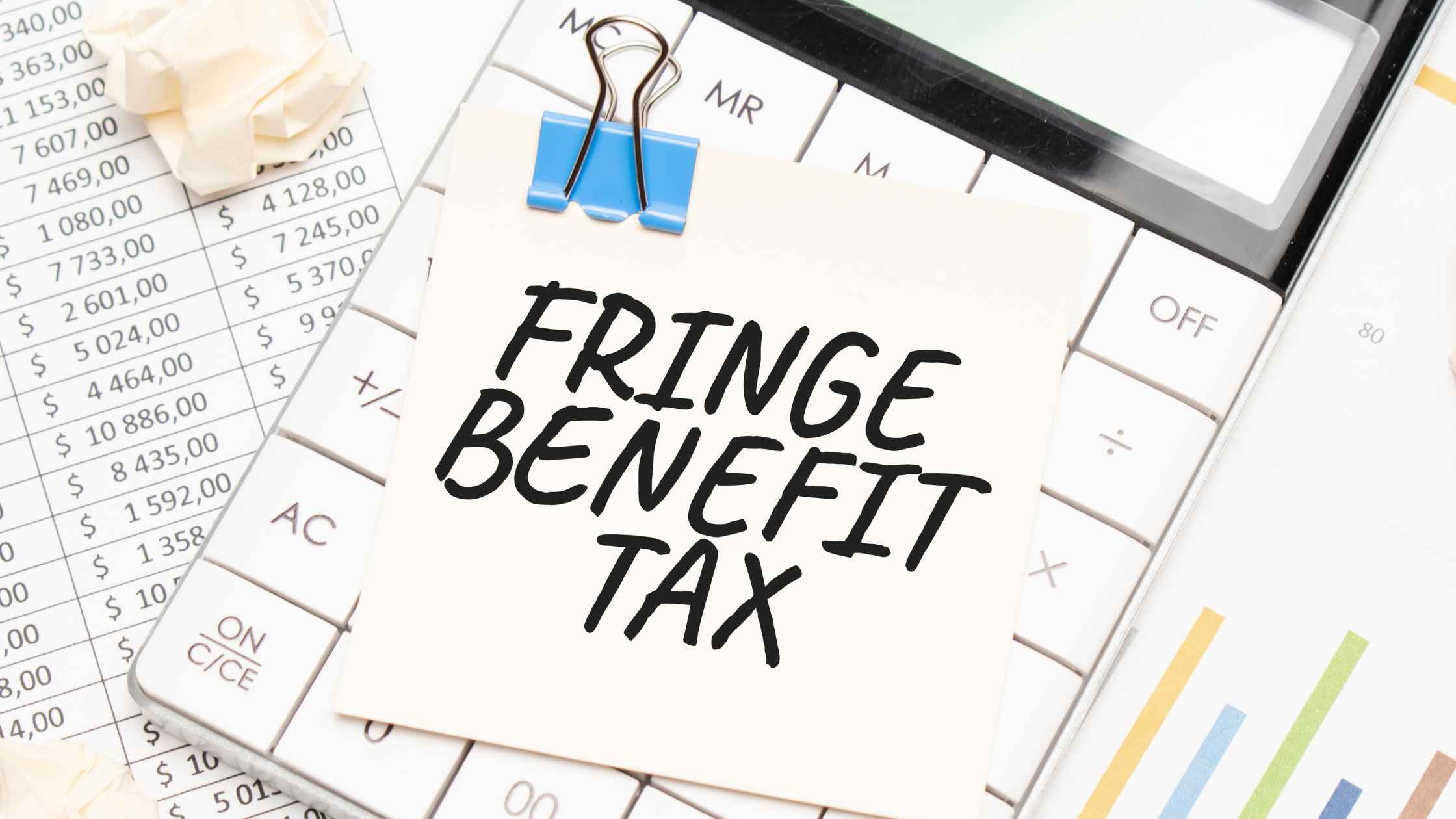Let us consider a company that offers employees a luxury car to use as part of their pay package. Although such a benefit may improve morale and recruitment efforts, it pulls in a Fringe Benefits Tax (FBT) trigger. With employers finding it more critical to offer non-cash benefits to attract and keep their employees, mentioned tax has never been more important so there are no surprises.
Understanding Fringe Benefits Tax
Fringe Benefits Tax (FBT) – which is particularly prominent in Australian payroll services – is a tax that employers pay on certain non-monetary benefits received by employees or their associates. FBT is separate from income tax and is calculated from the taxable value of those benefits.
FBT years run from 1 April to 31 March. Every employer is responsible for self-assessing liability and lodging returns if required (ATO).
Common examples of fringe benefits include:
- Use of a company vehicle for personal purposes
- Company-paid parking
- Gym memberships or tickets to entertainment events
- Reimbursements for expenses, such as school fees
- Discounted loans or other salary sacrifice arrangements
Items not classified as fringe benefits include:
- Common Salary & Wages
- Superannuation
- Employee share schemes
- Termination payments or gifts on exit
- Benefits to contractors, volunteers or religious practitioners
If your business operates globally, it is complicated further due to various levels of payroll compliance (benefits being taxed differently) in various locations.
FBT Returns – Filing Deadline and Payment
- May 21, 2025, if the FBT return is your own.
- June 25, 2025 if your FBT return was electronically lodged by a registered tax agent.
Who is Liable for FBT?
The employer is liable for FBT; an employer is liable even if the benefit was provided by a third party under an agreement. Employees themselves are not liable directly.
Who Receives Fringe Benefits?
FBT applies to benefits provided to:
- Current, former, or future employees
- Company directors
- Trust beneficiaries where a business is involved
Sole traders and partners are not employees of the business, as such, benefits provided to themselves are exempt. Likewise, benefits provided to clients are outside the FBT regime.
Managing FBT locally is one thing, but handling benefits across borders is another challenge altogether. Curious how global regulations impact payroll taxes? Explore cross-border payroll tax compliance to see what it takes to stay compliant worldwide.
How to Determine Your FBT Liabilities
To work out your liability, employers “gross-up” the taxable value of the benefits. This is the notional salary an employee would have to receive (at the highest marginal tax rate, plus Medicare levies) to purchase the benefit, essentially the tax paid by the employee.
Employer obligations
As an employer you must:
- Identify all fringe benefits provided
- Explore exemptions and concessions
- Determine the tax implicant value of those benefits
- Evaluate total FBT liability
- Retain records and employee declarations
- Lodge returns and remit any liability by the required due date
- Accurately report applicable benefits when issuing employee payment summaries
Ways to reduce liability
- Provide cash salary instead of benefits
- Provide benefits that employees could claim as deductions
- Provide exempt items, such as work-related laptops
- Implement employee contributions, such as employees paying a portion of their car costs (however, contributions may also form assessable income, accompanied by GST)
Why Procloz?
Managing FBT can be complex, especially when the employer must juggle payroll, compliance, engagement and employee experience. Procloz can help simplify that juggling act with our expertise in global payroll services, so you can be certain the calculations (taxable values) are correct, the return filings are done on time and are properly completed with the multi-jurisdictions, and you take advantage of any exemptions.
We also work as an employer of record services, so companies can expand in Australia quickly without taking on compliance risk, whilst managing benefits. By partnering with Procloz, we are able to provide assurance that any FBT liability is reduced, payroll is processed with no problems, and compliance is never an afterthought.
Contact Procloz today to make your payroll and fringe benefit tax smarter, safer and future ready.





